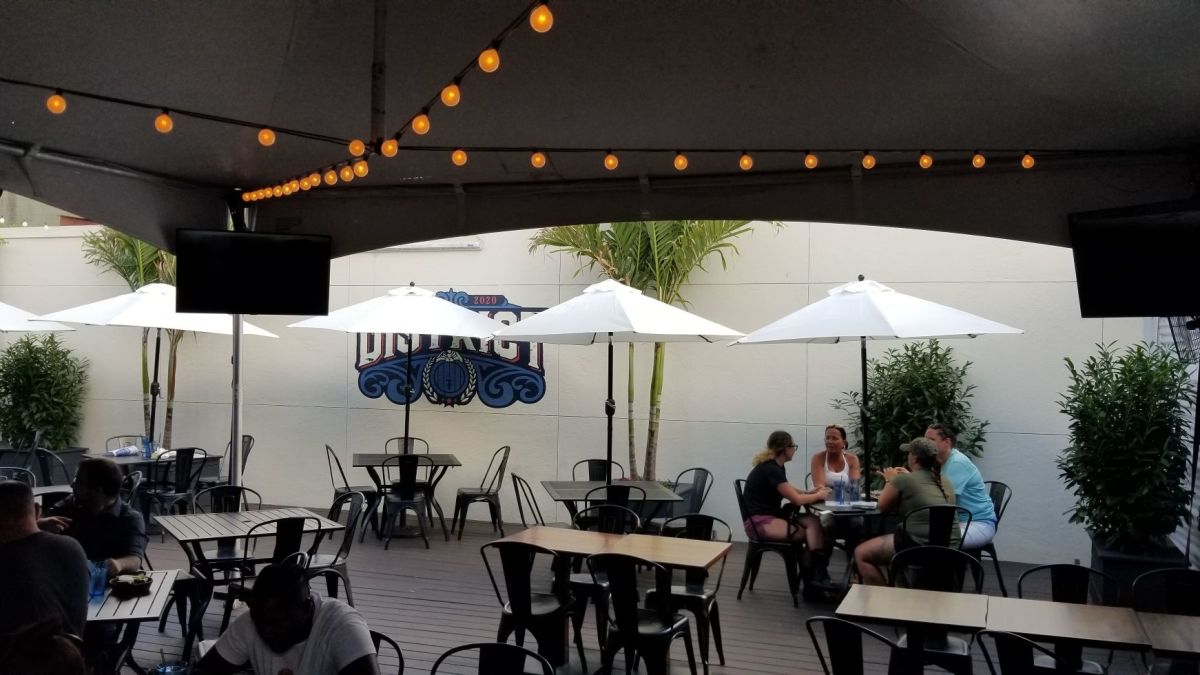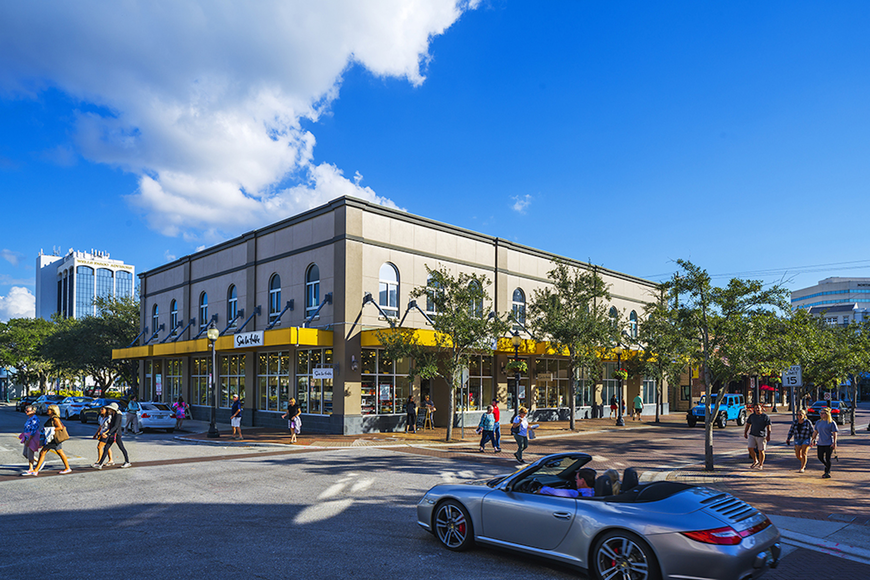Analysis and Predictions from CoStar Economists
As the coronavirus (COVID-19) pandemic and its related social distancing mandates continue longer than expected, it may feel like the economic outlook is becoming increasingly grim. With millions out of work and all non-essential businesses required to close indefinitely, the long-term impact of the ever-changing situation has yet to be seen. But predictions are starting to take shape for how each sector of real estate may be affected by the pandemic.
Based on data from Oxford Economics, our economists at CoStar (publisher of LoopNet) have put together different forecast scenarios and potential outcomes for each CRE sector—a baseline case, in which job losses total 23.8 million (currently there are about 22 million people out of work); a moderate downside, which adds another million job losses; and a severe downside, in which job losses continue through 2021 and total more than 35 million.
Here is how the experts think the industrial, retail, multifamily, and office markets will be impacted as a result of the pandemic:
Industrial
The industrial sector is the most well-positioned to weather the storm.
“With virtually all shopping now online, warehouses are the new retail space,” said Abby Corbett, managing director and senior economist for CoStar in Chicago. Plus, other factors are driving demand, said Corbett. Supply chain disruptions caused by this crisis may motivate some retailer and manufacturers to hold more inventory, and many manufacturers in industrial uses may look to onshore operations to limit their exposure to global supply chains.
However, Corbett said that “though we feel the prognosis for the industrial sector is the best among the property types, it too will not be immune from the pandemic’s demand-side shock.”
Plus with a lot of construction underway, vacancy was already rising and rent growth had begun to slow prior to the pandemic.
In the baseline scenario, industrial property values would drop by 13% over four quarters and it would over a year or longer for prices to appreciate to pre-pandemic levels—the fastest recovery among the major property types, Corbett said. Though, she notes, industrial is possibly the only sector where a moderate upside scenario is the most likely outcome. In this model, rents will fall just 1.7% over the next three quarters and recovery will return to current levels in just two quarters. Values will fall just 3%.
Retail
The retail sector is unsurprisingly the hardest hit of all real estate, as government mandates have ordered the closure of non-essential businesses in almost every state. As its predicted that more than half of job losses to come will be in the services sector, CoStar expects the more dire outcome scenarios to be realistic in the retail space.
Ten million square feet of negative absorption has already been recorded in the first quarter. In the potential, yet likely, severe downside model, retail vacancies will outpace levels seen in Great Recession and negative demand will persist for 13 quarters , totaling nearly 360 million square feet of space lost, or 3.3% of occupied stock. In the baseline scenario, rents will drop 12% and take four years to return to normal, while a severe downside prediction expects rents to plunge by 19% with a full year of negative growth through 2023.
A new report from Swiss bank and money manager UBS estimated the U.S. retail sector stands to lose 11% to 17% of its total store count by 2025, with 100,000 to 150,000 retail stores closing over the next five years. The same report estimated that e-commerce’s penetration will rise to 25% from 15% last year, as the pandemic hastens the sector’s disruption already caused by online shopping.
Multifamily
The skyrocketing unemployment rate could have a significant impact on the rental sector as tenants struggle to pay rent while out of work.
In his most recent forecast for CoStar, John Affleck, vice president of CoStar market analytics, noted that the demand losses will be relatively mild, but the heavy supply underway gets vacancies to levels not seen this century. In the baseline scenario, demand will fall through the rest of the year to 8% and return in late 2021, though won’t return to pre-pandemic levels until 2024. In a severe downturn, demand losses will exceed 250,000 units and vacancies will rise above 10% without peaking until late 2022. In an upside scenario, demand pauses for just two quarters, but leasing resumes in early 2021.
Rent growth for four-and-five-star units have already fallen 1.2% since March highs, and continuing the trend would result in an 11% decline in rents over the next year. He notes that historically, we would expect to be up about 0.6% over the same period, so rents are about 2% lower than they would be during normal times. In a worst case scenario, rents will decline by 16%.
“These are all asking rent forecasts, and don’t include the effects of higher concessions, and along with falling rents we are already seeing higher concessions,” he noted. “Among stabilized properties, one in five communities has reported offering some concessions around free rent or cash back offers. That’s up from about 15% on average.” Among four-and-five-star properties, the percent offering concessions now approaches 100%, up from 40% earlier this year. Read more about concessions and how landlords are working with tenants during the pandemic here.






